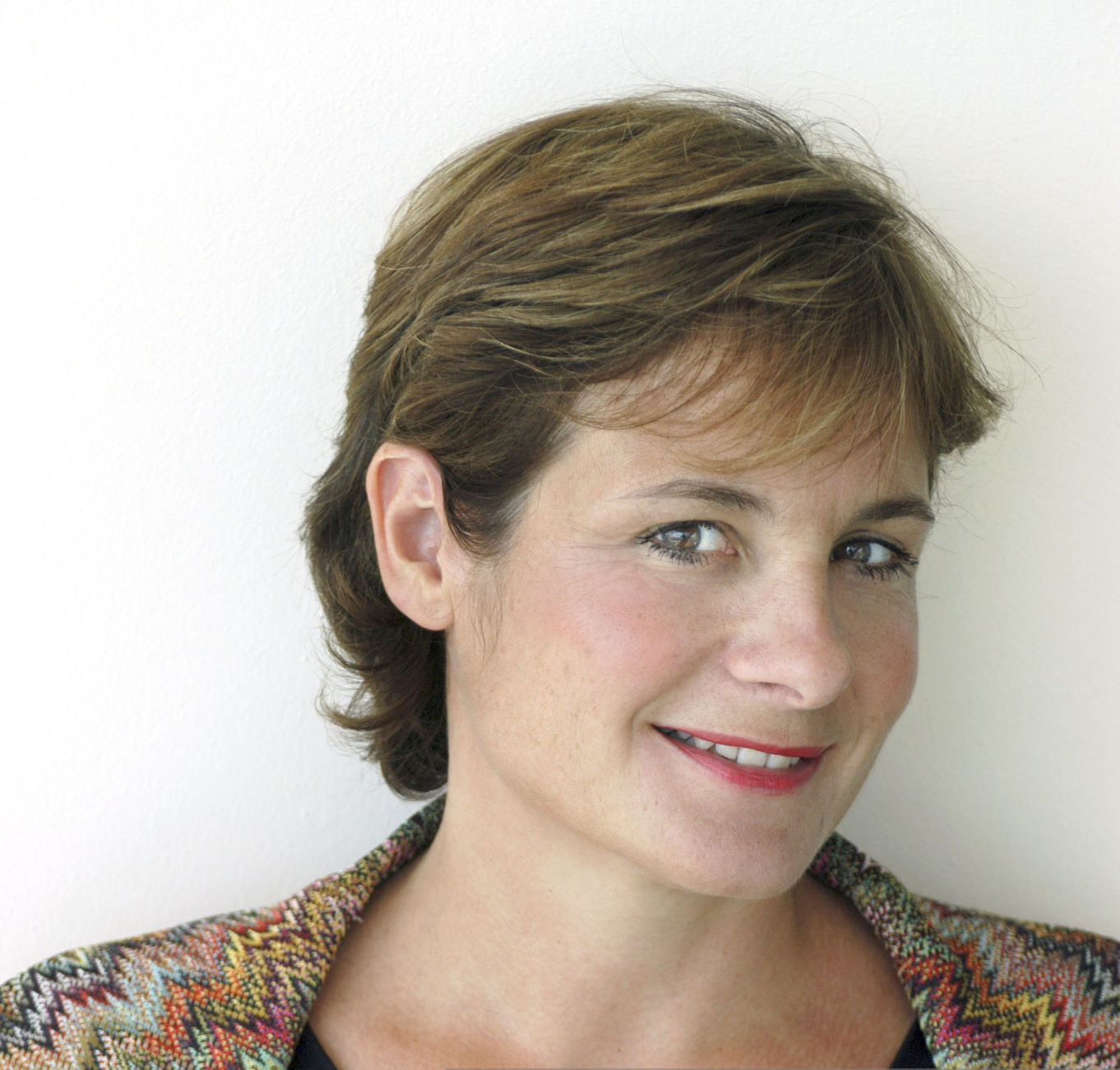
Changing Cultures: how are cultural institutions reframing their relationships with audiences, the community and the city?
Wed 13 October 2021
Over the past three decades investment in cultural infrastructure – new performing arts centres, museum extensions and whole cultural districts – has become a familiar tool in urban strategies, place-making and branding around the world. Moreover, cultural organizations both large and small have sought to define themselves as much as community anchors, generators of social capital, promoters of social cohesion, as they have as hubs of artistic innovation or conservation.
But the context in which cultural organisations are operating today is changing rapidly, and this will in turn, affect how they contribute to the quality and texture of urban life going forward. The longer-term effects of Covid 19 and growing pressures of climate change, combined with new tech-enabled possibilities of remote working, are changing the way we live, work, socialise, and travel, stimulating a new interest in more localised lives centred around resurgent town centres and neighbourhoods.

General Info
Organiser